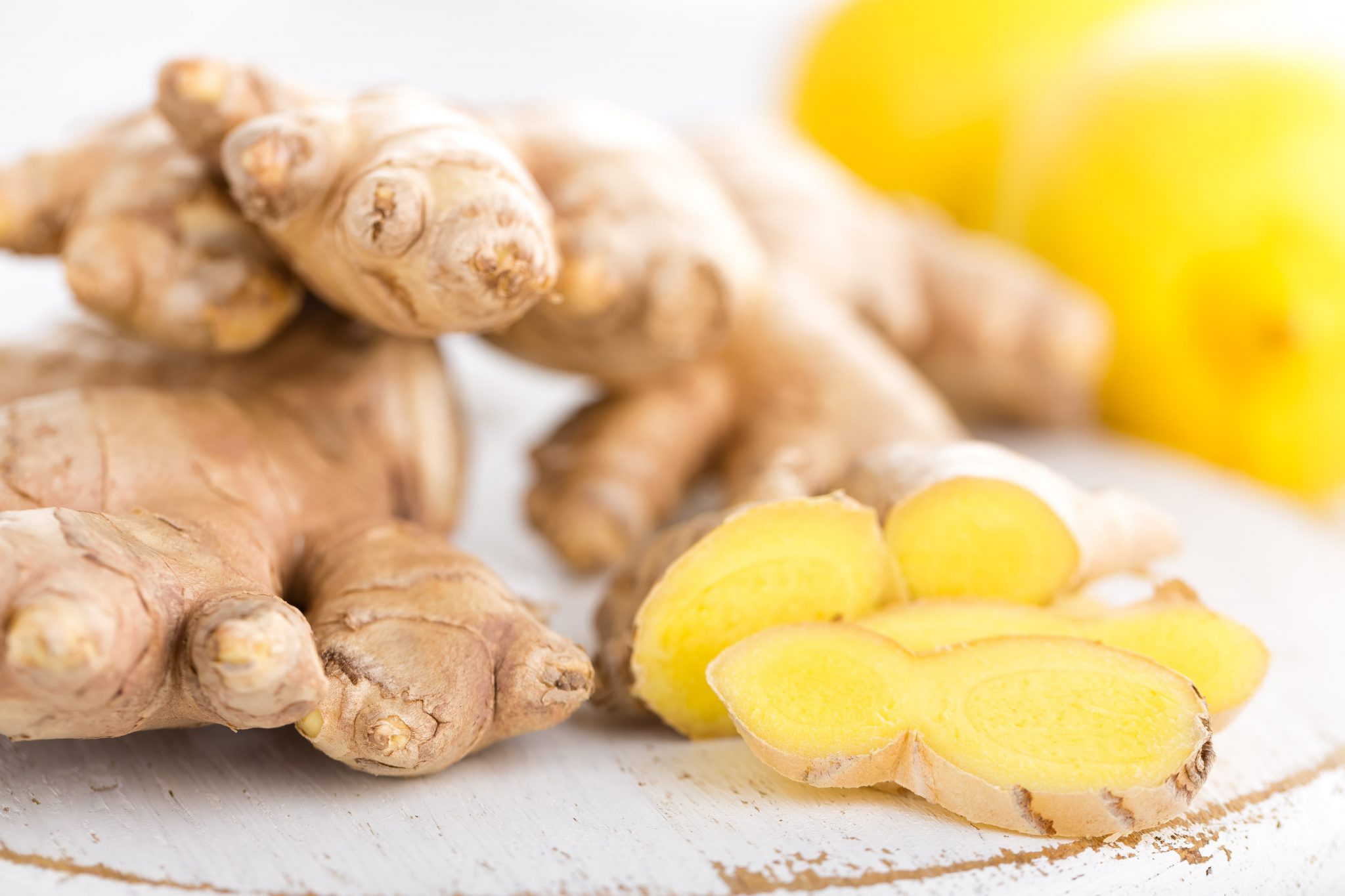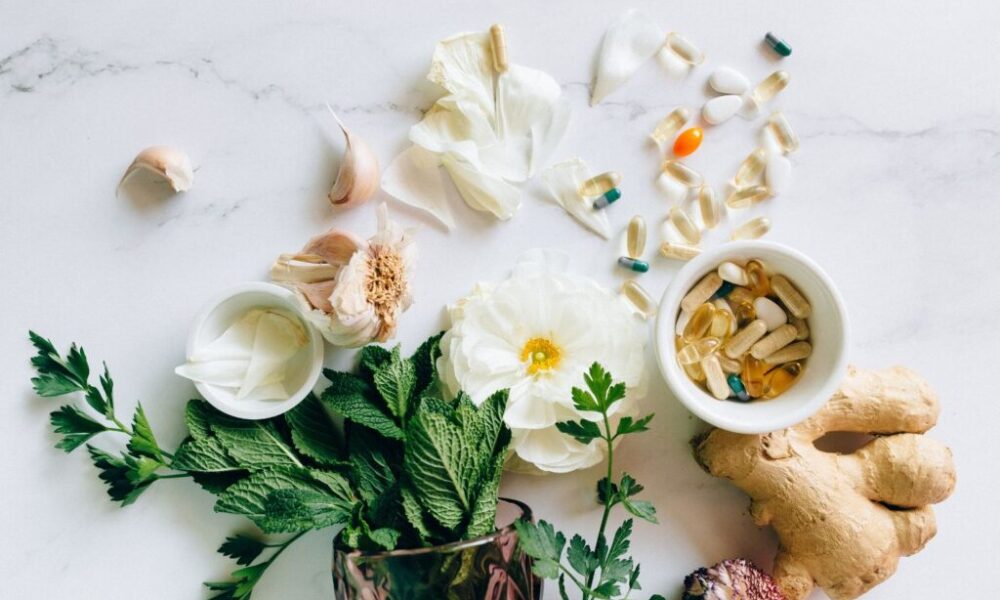Top Ancient Herbal Remedies
Share the love
Ancient herbal remedies for health
Ancient herbal remedies have been used for thousands of years for various purposes. and at one time in history, herbal medicine was the only medicine. A quarter of all drugs prescribed worldwide are derived from plants and some complete plant-based. Herbs and plants are being used to treat a number of health concerns and conditions, including allergies, arthritis, headaches, infections, gastrointestinal issues and even cancer.
What Is Herbal Medicine?
Herbal medicines are natural plant-based medicines that are used to treat illnesses, they are different combinations of organic plant parts e.g. leaves, flowers or roots. Each part of the plant can have different medicinal uses and the many types of chemical compounds require different extraction methods.
Food really is medicine and so many people are now choosing to go back to traditional ancient herbal remedies. The World Health Organization recently estimated that 80% of people worldwide rely on herbal remedies for many ailments. Herbs are classified as dietary supplements, so they can be produced, sold and marketed legally. This makes it easier for us to purchase and use these beneficial products.

1. ALOE VERA: The clear gel that is produced from the leaves of this plant is a superior remedy for burns and irritation. Studies have proved that Aloe Vera has antiseptic, anti-inflammatory, antiviral and antifungal properties. The plant has also proved to be non-allergic and very good in building up the immune system Aloe Vera juice is also used internally, and often used to help heal ulcers and other intestinal irritations. Only a small amount is needed unless it is intended to be used for constipation.

2. GINKGO BILOBA: Otherwise known as maidenhair, is an ancient plant extract that has been used in Traditional Chinese Medicine for thousands of years. Gingko contains high levels of flavonoids and terpenoids, and antioxidants that provide protection against the oxidative stress from harmful free radicals. Antioxidants are known to help reduce the risk of some cancers. Modern research surrounding ginkgo biloba suggests that it can be used to heal various health ailments, including memory loss cognitive function, and Alzheimer’s disease. Other ginkgo biloba benefits include anxiety, depression and ADHD relief, increased vision and eye health, and reduced fibromyalgia symptoms.

3. GINGER: A flowering plant that originated in China. It belongs to the Zingiberaceae family and is closely related to turmeric, cardamom and galangal. It is considered to be one of the healthiest and most delicious spices and the most popular dietary condiment in the world today. It is loaded with nutrients and bioactive compounds that have powerful benefits for your body and brain. The main bioactive compound in ginger is called gingerol, the oily resin from the root that acts as a highly potent antioxidant and anti-inflammatory agent. Gingerol is responsible for much of its medicinal properties. It has powerful anti-inflammatory and antioxidant effects and appears to be highly effective against nausea, For example, there is a long history of use as a sea sickness remedy, and there is some evidence that it may be as effective as a prescription medication to relieve nausea and vomiting after surgery, and in cancer patients undergoing chemotherapy.

4. TURMERIC: Many high-quality studies have shown that turmeric has major benefits for your body and brain. Although turmeric has been used for nearly 4,000 years, modern medicine is now beginning to recognize its importance. It really does contain compounds with medicinal properties. These compounds are called curcuminoids, the most important of which is curcumin. It has powerful anti-inflammatory effects and is a very strong antioxidant. Turmeric can help fight inflammation and many other conditions such as heart disease, cancer, metabolic syndrome, Alzheimer’s, diabetes, gastrointestinal issues, cholesterol, and cancer. This powerful plant can be added to any recipe or taken as a supplement.

5. MILK THISTLE: A flowering plant that comes from the same family of plants as the daisy. It grows in Mediterranean countries and has been used to make natural herbal remedies for almost 2,000 years. The active ingredient in milk thistle is called silymarin. Different parts of the milk thistle plant may be used to treat various health conditions. It is mainly used for liver problems. However some people claim it can help manage type 2 diabetes and lower cholesterol. Milk thistle contains high levels of lipophilic extracts which come from the seeds of the plant, these act as bioflavonoids that increase immunity and slow down oxidative stress. Milk Thistle is also known for its anti-inflammatory properties, and it can also aid digestive function, increase bile production, boost skin health, and fight the signs of aging, Milk thistle extracts, which are commonly sold in capsules, are also known to be safe and well-tolerated.
Herbal remedies disclaimer
The content on this website is not intended as a medical reference but as a source of information.
Please be aware that herbal medicine may also cause allergic reactions or interact with conventional drugs, which is why you wish to take any herbal remedy with prescribed medicines, you should talk to a pharmacist or your GP before beginning any herbal treatments. Herbalists, naturopathic physicians, pharmacists, medical doctors and Traditional Chinese Medicine practitioners can provide information about which herbal medicine is right for you. Be sure to do your own research and check for possible side effects and appropriate dosage.
Super Body Mind® can not be held responsible for any adverse reactions to the recommendations on this website. The use of any herb or derivative is entirely at the reader’s own risk.

